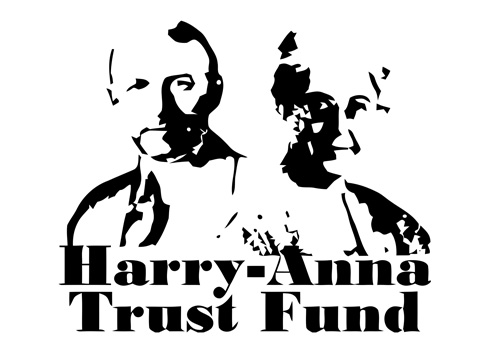
Benefits
-
Retirement accounts such as IRAs, 401(k) and 403(b) plans, can be subject to double taxation — ordinary income and estate tax — meaning
that more than 60% can go to taxes if left to your heirs.
-
Retirement plan assets left to HATF will transfer tax-free.
-
In planning your estate, consider giving HATF your retirement plan assets and leave more favorably taxed assets to your family.
Did You Know?
-
Most retirement accounts allow the owner to select beneficiaries to receive the plan assets remaining at death. To designate HATF as a beneficiary, contact the account administrator. Some account administrators require HATF’s tax ID number to document your gift. That number is 59-2825890.
-
Under the “Protecting Americans from Tax Hikes Act” of 2015, Americans over age 70½ can distribute up to $100,000 in a calendar year from an IRA to HATF or other public charities tax-free. This can be a significant benefit for IRA owners who are required each year to take minimum required distributions, which are included in their gross income. If your spouse has a separate IRA, they can also make a Charitable IRA Rollover gift. The amount of the transfer will not be included in your taxable income, and the transferred amount can count toward the IRA’s required minimum distribution.*
*The Consolidated Appropriations Act of 2023 (Act) increased the age for required minimum distributions from retirement plans.
The Act increased the age retirees must begin taking taxable withdrawals to age 73 in 2023 and age 75 by 2033, up from age 72 under the previous law. IRA owners can still make a qualified charitable distribution (QCD) starting at age 70 ½. Additionally, beginning in 2024, the maximum annual QCD amount of $100,000 will increase to account for inflation.

